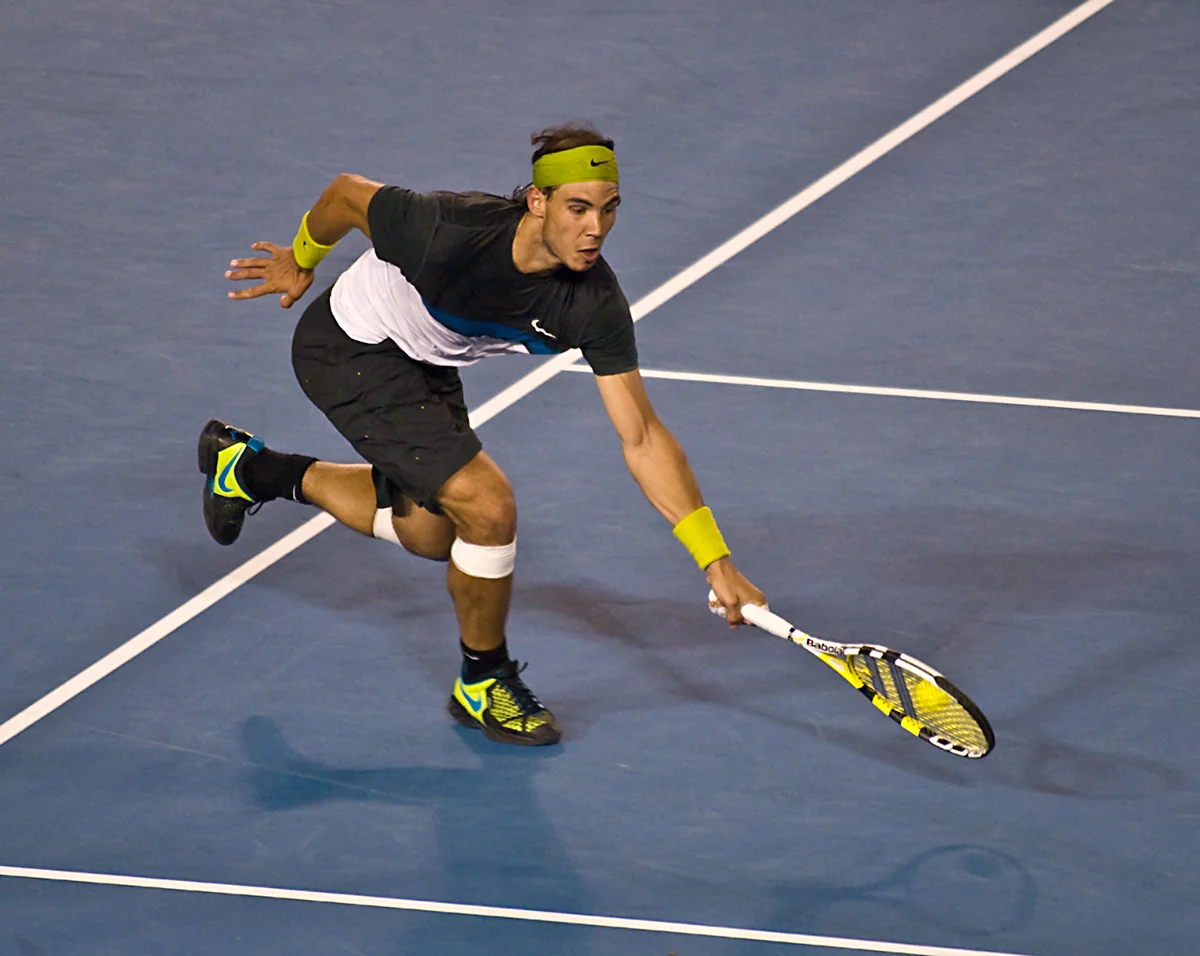I recently finished the above-titled book by Frans Bosch. It's one of those books where you do a lot of underlining. It's also one of the best books on movement I’ve read in a while so I decided to write a review and (rather lengthy) summary of the some of the ideas I found interesting.
Read MoreI am very pleased to offer an interview with Israel Halperin, an athlete, trainer, and researcher with extensive knowledge about how to improve human performance. I have interacted with Israel over Facebook for quite a while, and really appreciate his expertise, open-mindedness, curiosity, and willingness to share information.
Read MoreIn the previous two posts, I discussed two basic ideas. First, that the developmental movement patterns learned in infancy are building blocks for the more complex movements that we use in our daily lives as adults. These simple patterns are combined to form complex movements, just as words and letters are combined to make sentences. If someone is limited in performing a basic movement like squatting or rotating, there are a very wide range of everyday movements that will be compromised. Therefore, if we are going to spend any time working to improve our movement, it is these fundamental patterns that should get most of our attention.
Read MorePanjabi divided the motor control system for the spine into three distinct subsystems - passive, active and neural. I like applying this idea to the whole body, partly because I find it an interesting way to distinguish different strategies for movement and posture, based on preferential use of one subsystem over the others.
Read MoreMany of my clients will ask my opinion about whether a particular sport or activity promotes movement health. Yoga, running, swimming, weight training, ballet, soccer, gymnastics, crossfit. (People are especially interested in whether these activities will be healthy for their kids.) It’s an interesting question because almost any physical activity you can think of has costs as well as benefits.
Read MoreRecently I had the pleasure of meeting Rafe Kelley, who owns and operates a parkour gym here in Seattle called Parkour Visions. Rafe is a very knowledgeable movement geek, so we had a great time chatting.
Read MoreWelcome to part two of my argument for who is the world's greatest athlete. Here is a brief summary of part one. First, I concede there is no way to arrive at a truly objective answer here, because it necessarily calls into play subjective preferences. However, after starting with some admittedly arbitrary ground rules, I think I can logically proceed to a defensible conclusion. I know this sounds more like a legal argument than a bar room sports debate, but believe me, this analysis will go far beyond what you probably guessed!
Read MoreAfter writing last week’s post on the meaning of strength, I was thinking about doing a post that would address whether getting “stronger” in the gym makes you stronger on the field. The big question is: to what degree will resistance training make you better at your sport? For example, will improving your deadlift make you better at soccer?
Read MoreWhen you train a particular body area, what exactly adapts to make an improvement? One interesting source of insight into these questions comes from studies where they train just one limb and then see whether the performance of the untrained limb changes in some way.
Read More What are your physical limits? What is your body capable of? How fast, how far, how strong, how long? In all likelihood you will never know, because your brain will probably never let your body reach its real limit. And that’s a good thing, because that will help prevent you from breaking bones, straining muscles, dislocating joints and maybe even killing yourself...
What are your physical limits? What is your body capable of? How fast, how far, how strong, how long? In all likelihood you will never know, because your brain will probably never let your body reach its real limit. And that’s a good thing, because that will help prevent you from breaking bones, straining muscles, dislocating joints and maybe even killing yourself...



